Jinjing The Penguin – Swims 5,000 Miles Every Year To Visit The Man Who Saved Him

(By Seow Choong Liang)
The video below details the life of Jinjing, a South American penguin, who comes to visit the man who saved him. It is a story of compassion and kindness. It is also a story of how kindness can transform the lives of both people and animals. Do watch and brighten up your day with a heart-warming story. Remember, always be kind to animals and never harm or eat them.
Or view the video on the server at:
https://video.tsemtulku.com/videos/JinjingThePenguin.mp4
Transcript
This is a story about Jinjing, the South American Magellanic penguin that swims five thousand miles each year to be reunited with the man who saved his life.
The penguin was saved by João Pereira de Souza, a seventy-year-old part-time fisherman, who lives on an island village just outside Rio de Janeiro, Brazil.
Joao found the tiny penguin at his local beach, lying on rocks. It was covered in oil, could barely move and was close to death.
He cleaned the oil off the penguin’s feathers and fed him a daily diet of fish to build his strength. He named the penguin Jinjing.
After a week, João took the penguin in a boat to a nearby island and released the animal. Later that day, João heard squawking in his backyard and, much to his surprise, he saw the penguin had returned and was calling out for him.
Jinjing stayed with João for another eleven months and then, just after he changed his coat with new feathers, he disappeared. It is unknown where Jinjing had ventured off to.
Months later, João heard a loud squawk coming from his backyard and Jinjing was there, waiting for him and the two were reunited again. This has been going on every year since.
It is unclear where the penguin goes after he leaves. Some have speculated he spends the rest of the time breeding off the coast of Argentina and Chile, travelling up to five thousand miles in a round trip from breeding locations and then back to see João.
Truth is, nobody really knows where he goes. But what is clear is that every year he goes away and every year he comes back to be reunited with the man who saved his life.
João says, “I love this penguin like it’s my own child and I believe the penguin loves me. No one else is allowed to touch him; he pecks them if they do. He lies on my lap, lets me give him showers, allows me to feed him sardines and to pick him up.”
“Everyone said he wouldn’t return but he has been coming back to visit me every year. He arrives in June and leaves to go home in February and, every year, he becomes more affectionate as he appears even happier to see me.”
It’s thought Jinjing believes the fisherman is also a penguin. When he sees him, he wags his tail like a dog and honks with delight.
Penguins are usually very loyal to their partner and, to Jinjing, Mr João is now like family to him.
Anyway, that’s the end of this video. Thanks for watching and we’ll see you next time. Bye-bye.
Note: Some say the penguin’s name is Dindin, but when I was researching this story, I found the Wall Street Journal had both a website article & a video covering the story saying the penguin’s name is Jinjing.
Magellanic Penguins

The Magellanic penguin (Scientific name: Spheniscus magellanicus) is a South American penguin. It is the most common of the Spheniscus penguins and is named after Portuguese explorer Ferdinand Magellan, who spotted the birds in 1520.
Magellanic penguins live and breed mainly in the coastal regions off Argentina, Chile and the Falkland Islands but migrate as far north as warm Rio de Janeiro.
They grow up to be 61–76 centimetres tall and weigh between 2.7 and 6.5 kilogrammes, with males larger than females.
An adult has a black back and white abdomen. Another distinguishing feature is the pair of black bands between the head and breast, the lower of which is shaped like an inverted horseshoe. You can identify chicks and younger penguins from their grey-blue backs and a lighter grey-blue chest.
Magellanic penguins regularly live as long as 30 years in captivity but their natural lifespan in the wild is usually about 25 years.
Diet
The diet of the Magellanic penguin consists of cuttlefish, squid, krill, and other crustaceans. This can be at the surface of the water or as deep as 20 to 50 metres. They swallow seawater as they feed but the excess salt is removed via salt-excreting glands.
The large Atlantic continental shelf off South America is a rich source of prey and Magellanic penguins do not suffer from food shortages like their cousins, the Galapagos penguins.
Breeding

Breeding season lasts from September to late February and March. It starts with the arrival of adults at breeding colonies and ends when the chicks are mature enough to venture out on their own.
Millions of Magellanic penguins make up the colonies along the coastlines of Argentina, southern Chile, and the Falkland Islands. These locations are chosen for their warmth; eggs must be laid in an area where the temperature remains consistently above 20°C.
Magellanic penguins are monogamous and breed with the same partner every year. When the male arrives at the colony, he heads straight for the burrow or nest he made the previous year and begins to call out. The female can recognise his call among the millions and heads to the burrow.
The female lays two eggs at a time. The second egg is generally larger and has a higher temperature than the first, but the first one is more likely to survive. Both parents take 10-day to 15-day shifts to incubate them, a process which lasts between 39 and 42 days. While one incubates, the other forages for food.
When the chicks hatch, they are fed every two to three days for about 29 days. Again, both parents are equally involved.
While millions of Magellanic penguins live and breed along the South American coast, the species is classified as “threatened”. The main reason for this is that 20,000 adults and 22,000 juveniles fall victim to oil spills in the vicinity of the breeding colonies.
Another factor is the decline and geographical shift of the marine life that forms the penguin’s diet. This is a consequence of climate change. Already, they must swim 40 kilometres further than before, which makes for a round trip that is 80 kilometres longer.
Meanwhile, the parent incubating the eggs and the young hatchlings starve as they wait a little longer every year.
Source: https://www.wikiwand.com/en/Magellanic_penguin
For more interesting information:
- The Animals, Vegetarianism & Environment category on my blog
- Animals Show Love for Humans
- A touching hug
- It will break your heart, but you need to see this
- Whale Saves Woman from Shark!
- Compassionate action and touching
- Is Ethical Vegetarianism Consistent with Eating Artificial, Laboratory-Grown Meat?
- Is There Any Such Thing As “Vermin”?
- California did the right thing!
- Huge reduction in meat-eating ‘essential’ to avoid climate breakdown
Please support us so that we can continue to bring you more Dharma:
If you are in the United States, please note that your offerings and contributions are tax deductible. ~ the tsemrinpoche.com blog team















































































































































































































































































































































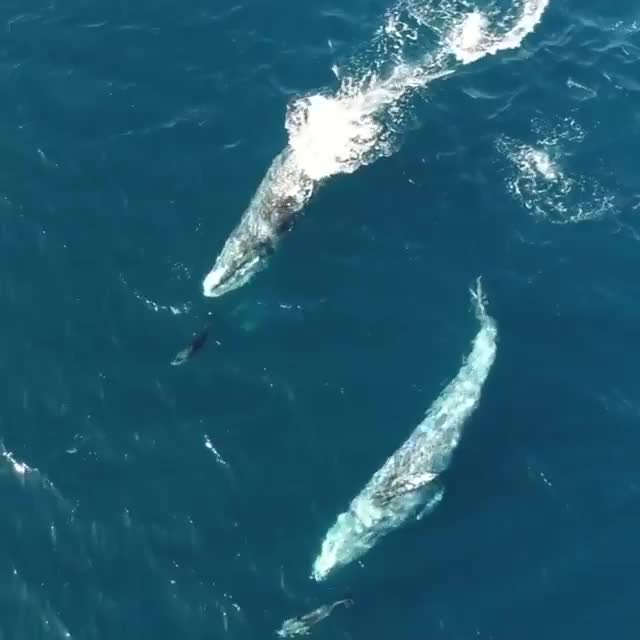

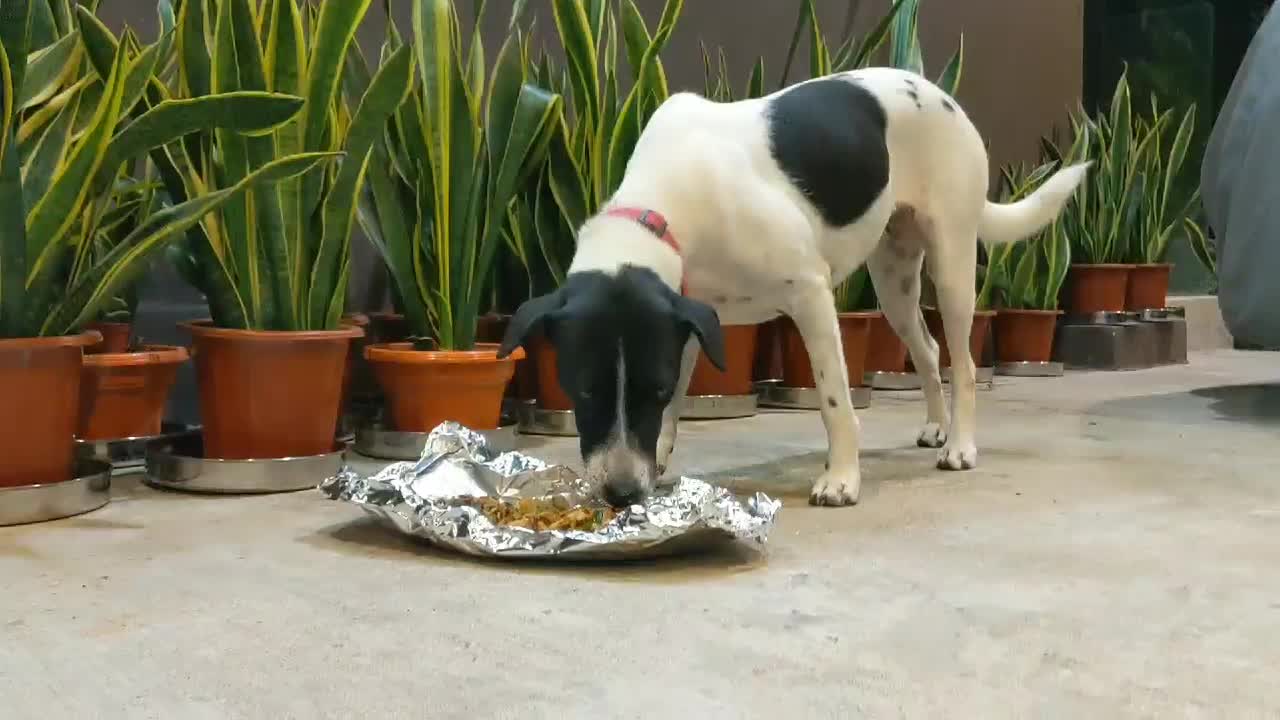
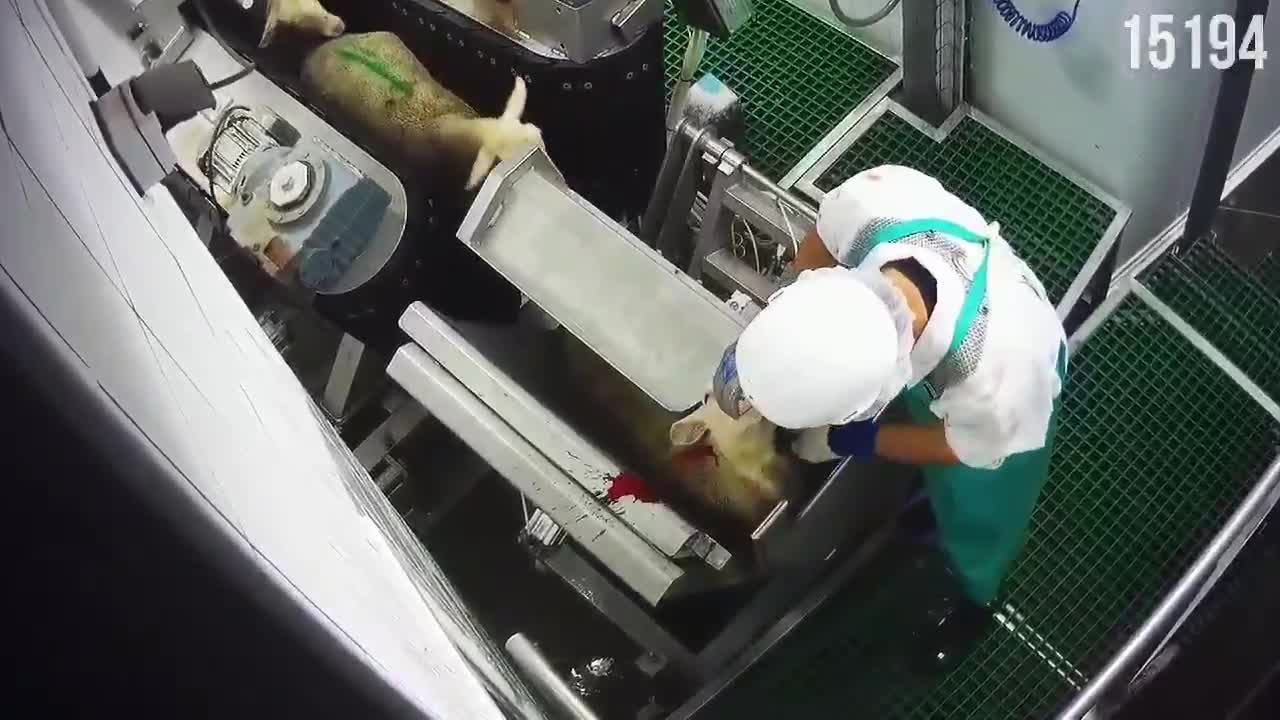

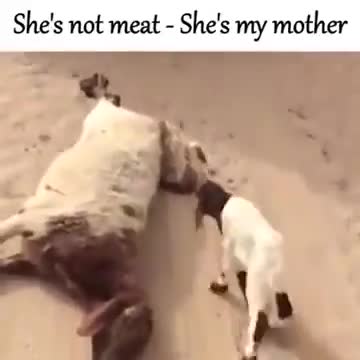
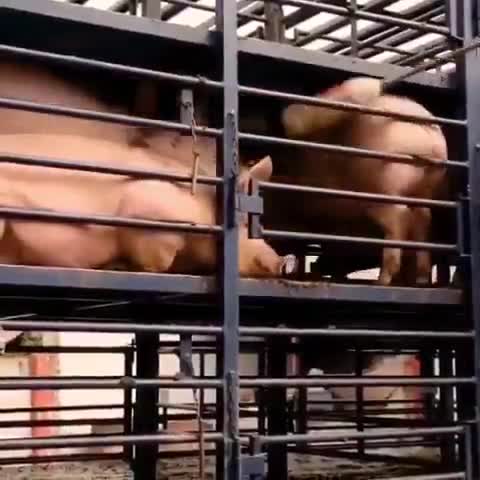

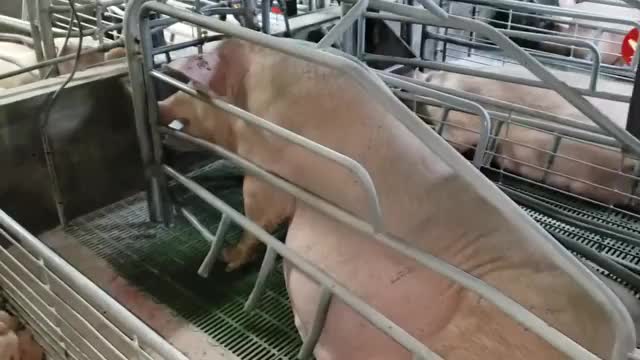








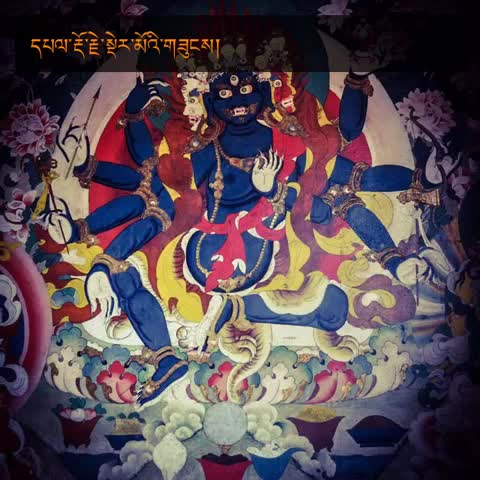














































































Any update on this story for 2019? Is Jinjing still coming to visit his adopted human friend Mr. Souza?
Thank you very much for sharing such a beautiful story with us. Jinjing, a South American penguin saved by70 years old fisherman João Pereira de Souza have been returning every year to visit his rescuer. Its amazing that Jinjing travelled thousands of miles just to visit João .
Animals have feelings too and they can feel grateful to those who had shown kindness to them.That is why some people chose not to eat meat because the process of butchering the animals is cruel.
This is such a beautiful story. When Joao found Jinjing the penguin, out of compassion, he rescued Jinjing. He made sure Jinjing has recuperated before releasing Jinjing back to where it came from. Joao didn’t expect anything from Jinjing.
However, Jinjing remembers the kindness of Joao and comes back to visit Joao every year. Animals may not be able to talk but they can feel the sincerity of human beings. Jinjing knows that Joao is very kind and will never hurt it.
Human and animals can establish a very close relationship too because genuine care and love is beyond words. When love is unconditional, there is no need to be expressed by words. Action speaks louder than words.
Truly heart warming story of compassion and kindness. Animals have feelings too and they can feel grateful to those who had shown kindness to them. Jinjing, a South American penguin saved by70 years old fisherman João Pereira de Souza have been returning every year to visit his rescuer. Its amazing that Jinjing travelled thousands of miles just to visit João .Thank you very much Rinpoche and Choong for this very inspiring and interesting story on Jinjing The Penguin.????
Thank you Rinpoche and blog team to share with us this cute but inspiring story. There are many stories like this on the internet and alot of them are very touching.
Animals have feelings too and they can feel grateful to those who had shown kindness to them. Animals are sentient beings too and they can certainly feel what we can feel. They too can feel pain, fear, and suffering. There are alot of people out there that say animals are not the same as us and they do not feel the feelings that we still and that is proven to be not true.
That is why some people chose not to eat meat because the process of butchering the animals is cruel. The animal went through tremendous suffering when they are dying. If anyone can watch the video “Earthlings” and they definitely will stop eating meat when they see the suffering in those animal’s eyes.
Truly heart-warming story of compassion and kindness . Jinjing, a South American penguin saved by70 years old fisherman João Pereira de Souza have been returning every year to visit his rescuer. João lives in an island off Rio de Janeiro, Brazil have helped save a penguin when it was covered in oil, took care of the penguin and later released the it back . Its amazing that Jinjing travelled thousands of miles just to visit João .
Interesting read of the Magellanic penguin which i first time coming across , which have increase my knowledge .
Thank you Seow Choong Liang for this wonderful sharing.